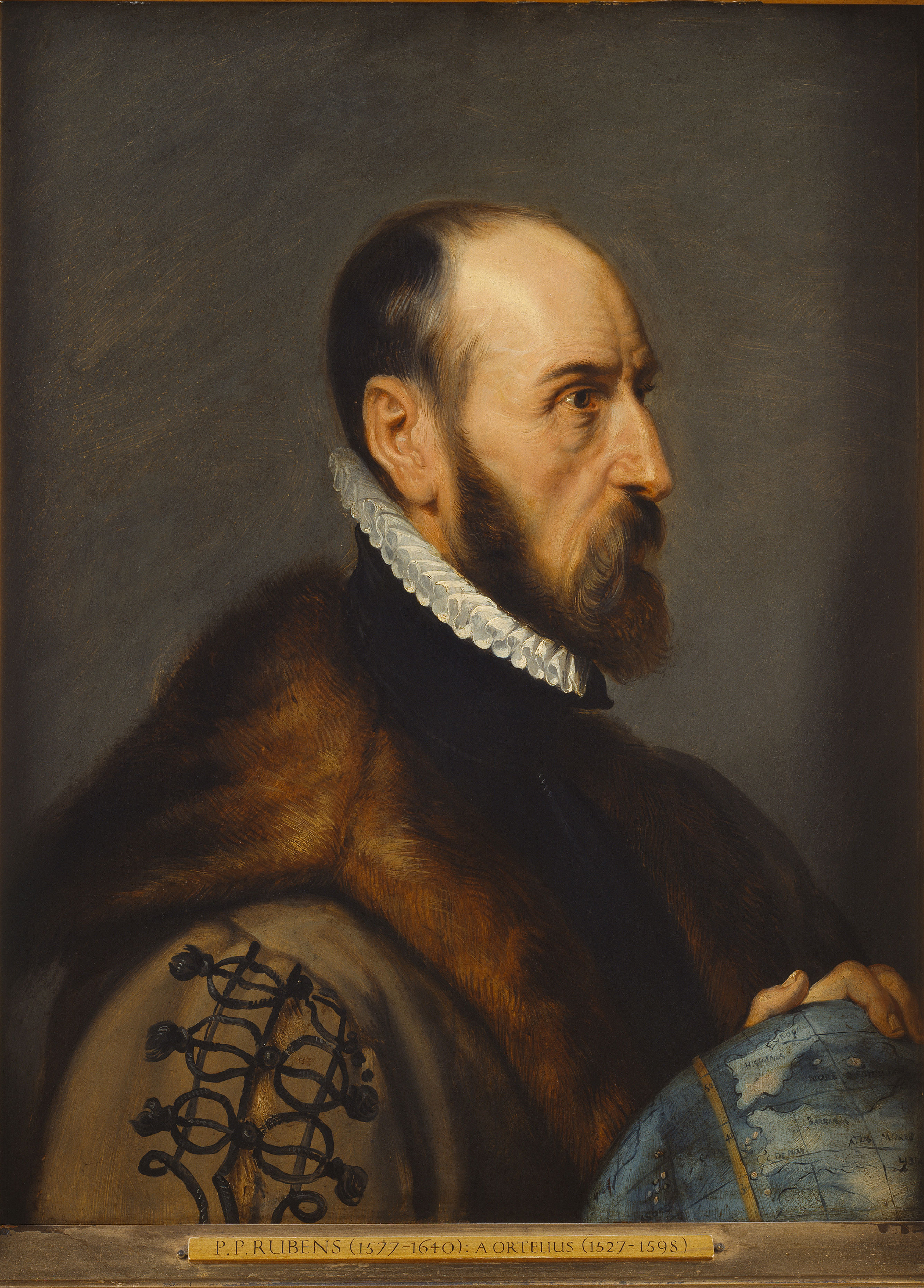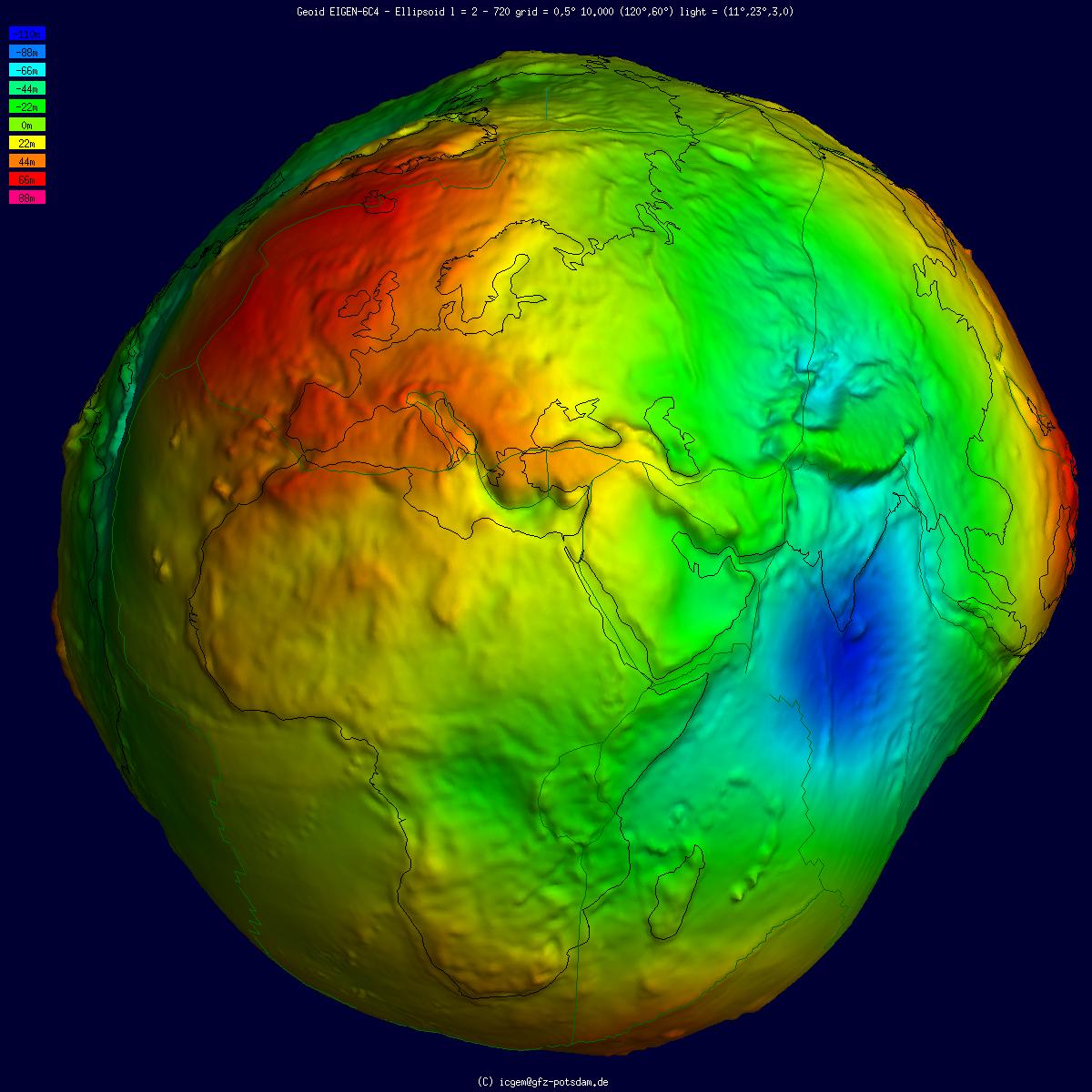|
Regional Reference Frame Sub-Commission For Europe
Regional Reference Frame Sub-Commission for Europe (EUREF) is the sub-commission of the International Association of Geodesy (IAG), part of the Sub-Commission 1.3 (''Regional Reference Frames''), under IAG Commission 1 (''Reference Frames''). EUREF deals with the definition, realization and maintenance of the European Geodetic Reference Frame. The goal of EUREF is to establish a unified geodetic datum (ETRS89) and a consistent network of reference stations ( EPN) throughout Europe. EUREF was founded in 1987 at the IUGG General Assembly held in Vancouver. Mission EUREF is driven by a voluntary agreement of scientific organisations and national geodetic/geographic agencies of the member countries, who are willing to replace their legacy national geodetic datums with a unified European Reference Frame and join their national networks of reference stations into a common European network. The mandate of EUREF is to foster and coordinate the activities of the member countries, which are ... [...More Info...] [...Related Items...] OR: [Wikipedia] [Google] [Baidu] |
International Association Of Geodesy
) , merged = , successor = , formation = , founder = , founding_location = , extinction = , merger = , type = scholarly society , tax_id = , registration_id = , status = , purpose = advancement of geodesy , professional_title = , headquarters = Munich, , location = , location2 = , additional_location = , additional_location2= , coordinates = , origins = , region = worldwide , products = , services = , methods = , fields = , membership = , membership_year = , language = , owner = , sec_gen = , leader_title = , leader_name = , leader_title2 = , leader_name2 = , leader_title3 = , leader_name3 = , l ... [...More Info...] [...Related Items...] OR: [Wikipedia] [Google] [Baidu] |
European Combined Geodetic Network
European Combined Geodetic Network (ECGN) is a research project aimed at high accuracy geoid determination. The purpose of ECGN is to connect the height systems obtained via geometric positioning by GNSS with gravity-referenced heights with a cm-level accuracy. The effects of the atmosphere, the oceans and time-dependent parameters of the solid Earth on the gravity field are investigated. ECGN uses the data of satellite gravity missions CHAMP, GRACE and GOCE to model the Earth's gravity field and is linked to other gravity-related projects (GMES, GEOSS, GGOS). The ECGN is considered as a European contribution to the International Association of Geodesy (IAG) project Global Geodetic Observation System (GGOS). ECGN is managed by EUREF Regional Frame of reference, Reference Frame Sub-Commission for Europe (EUREF) is the sub-commission of the International Association of Geodesy (IAG), part of the Sub-Commission 1.3 (''Regional Frame of reference, Reference Frames''), under IAG C .. ... [...More Info...] [...Related Items...] OR: [Wikipedia] [Google] [Baidu] |
International Terrestrial Reference System
The International Terrestrial Reference System (ITRS) describes procedures for creating reference frames suitable for use with measurements on or near the Earth's surface. This is done in much the same way that a physical standard might be described as a set of procedures for creating a ''realization'' of that standard. The ITRS defines a geocentric system of coordinates using the SI system of measurement. An International Terrestrial Reference Frame (ITRF) is a realization of the ITRS. Its origin is at the center of mass of the whole earth including the oceans and atmosphere. New ITRF solutions are produced every few years, using the latest mathematical and surveying techniques to attempt to realize the ITRS as precisely as possible. Due to experimental error, any given ITRF will differ very slightly from any other realization of the ITRF. The difference between the latest as of 2006 WGS 84 (frame realisation G1150) and the latest ITRF2000 is only a few centimeters and RMS diffe ... [...More Info...] [...Related Items...] OR: [Wikipedia] [Google] [Baidu] |
Continental Drift
Continental drift is the hypothesis that the Earth's continents have moved over geologic time relative to each other, thus appearing to have "drifted" across the ocean bed. The idea of continental drift has been subsumed into the science of plate tectonics, which studies the movement of the continents as they ride on plates of the Earth's lithosphere. The speculation that continents might have 'drifted' was first put forward by Abraham Ortelius in 1596. A pioneer of the modern view of mobilism was the Austrian geologist Otto Ampferer.Helmut W. Flügel: Die virtuelle Welt des Otto Ampferer und die Realität seiner Zeit'. In: Geo. Alp., Vol. 1, 2004. The concept was independently and more fully developed by Alfred Wegener in 1912, but the hypothesis was rejected by many for lack of any motive mechanism. The English geologist Arthur Holmes later proposed mantle convection for that mechanism. History Early history Abraham Ortelius , Theodor Christoph Lilienthal (1756), A ... [...More Info...] [...Related Items...] OR: [Wikipedia] [Google] [Baidu] |
Coordinate
In geometry, a coordinate system is a system that uses one or more numbers, or coordinates, to uniquely determine the position of the points or other geometric elements on a manifold such as Euclidean space. The order of the coordinates is significant, and they are sometimes identified by their position in an ordered tuple and sometimes by a letter, as in "the ''x''-coordinate". The coordinates are taken to be real numbers in elementary mathematics, but may be complex numbers or elements of a more abstract system such as a commutative ring. The use of a coordinate system allows problems in geometry to be translated into problems about numbers and ''vice versa''; this is the basis of analytic geometry. Common coordinate systems Number line The simplest example of a coordinate system is the identification of points on a line with real numbers using the ''number line''. In this system, an arbitrary point ''O'' (the ''origin'') is chosen on a given line. The coordinate of a po ... [...More Info...] [...Related Items...] OR: [Wikipedia] [Google] [Baidu] |
Eurasian Plate
The Eurasian Plate is a tectonic plate that includes most of the continent of Eurasia (a landmass consisting of the traditional continents of Europe and Asia), with the notable exceptions of the Indian subcontinent, the Arabian subcontinent and the area east of the Chersky Range in eastern Siberia. It also includes oceanic crust extending westward to the Mid-Atlantic Ridge and northward to the Gakkel Ridge. The eastern edge is a boundary with the North American Plate to the north and a boundary with the Philippine Sea Plate to the south and possibly with the Okhotsk Plate and the Amurian Plate. The southern edge is a boundary with the African Plate to the west, the Arabian Plate in the middle and the Indo-Australian Plate to the east. The western edge is a divergent boundary with the North American Plate forming the northernmost part of the Mid-Atlantic Ridge, which is straddled by Iceland. All volcanic eruptions in Iceland, such as the 1973 eruption of Eldfell, the 1783 eruptio ... [...More Info...] [...Related Items...] OR: [Wikipedia] [Google] [Baidu] |
ECEF
The Earth-centered, Earth-fixed coordinate system (acronym ECEF), also known as the geocentric coordinate system, is a cartesian spatial reference system that represents locations in the vicinity of the Earth (including its surface, interior, atmosphere, and surrounding outer space) as ''X'', ''Y'', and ''Z'' measurements from its center of mass. Its most common use is in tracking the orbits of satellites and in satellite navigation systems for measuring locations on the surface of the Earth, but it is also used in applications such as tracking crustal motion. The distance from a given point of interest to the center of Earth is called the geocentric distance, , which is a generalization of the ''geocentric radius'', , not restricted to points on the reference ellipsoid surface. The geocentric altitude is a type of altitude defined as the difference between the two aforementioned quantities: ; it is not to be confused for the ''geodetic altitude''. Conversions between ECEF a ... [...More Info...] [...Related Items...] OR: [Wikipedia] [Google] [Baidu] |
Proceedings
In academia and librarianship, conference proceedings is a collection of academic papers published in the context of an academic conference or workshop. Conference proceedings typically contain the contributions made by researchers at the conference. They are the written record of the work that is presented to fellow researchers. In many fields, they are published as supplements to academic journals; in some, they are considered the main dissemination route; in others they may be considered grey literature. They are usually distributed in printed or electronic volumes, either before the conference opens or after it has closed. A less common, broader meaning of proceedings are the acts and happenings of an academic field, a learned society. For example, the title of the ''Acta Crystallographica'' journals is New Latin for "Proceedings in Crystallography"; the ''Proceedings of the National Academy of Sciences of the United States of America'' is the main journal of that academy. ... [...More Info...] [...Related Items...] OR: [Wikipedia] [Google] [Baidu] |
Symposium
In ancient Greece, the symposium ( grc-gre, συμπόσιον ''symposion'' or ''symposio'', from συμπίνειν ''sympinein'', "to drink together") was a part of a banquet that took place after the meal, when drinking for pleasure was accompanied by music, dancing, recitals, or conversation.Peter Garnsey, ''Food and Society in Classical Antiquity'' (Cambridge University Press, 1999), p. 13online Sara Elise Phang, ''Roman Military Service: Ideologies of Discipline in the Late Republic and Early Principate'' (Cambridge University Press, 2008), pp. 263–264. Literary works that describe or take place at a symposium include two Socratic dialogues, Plato's '' Symposium'' and Xenophon's '' Symposium'', as well as a number of Greek poems such as the elegies of Theognis of Megara. Symposia are depicted in Greek and Etruscan art that shows similar scenes. In modern usage, it has come to mean an academic conference or meeting such as a scientific conference. The equivalent of a Gr ... [...More Info...] [...Related Items...] OR: [Wikipedia] [Google] [Baidu] |
Geoid
The geoid () is the shape that the ocean surface would take under the influence of the gravity of Earth, including gravitational attraction and Earth's rotation, if other influences such as winds and tides were absent. This surface is extended through the continents (such as with very narrow hypothetical canals). According to Carl Friedrich Gauss, Gauss, who first described it, it is the "mathematical figure of the Earth", a smooth but irregular surface whose shape results from the uneven distribution of mass within and on the surface of Earth. It can be known only through extensive gravitational measurements and calculations. Despite being an important concept for almost 200 years in the history of geodesy and geophysics, it has been defined to high precision only since advances in satellite geodesy in the late 20th century. All points on a geoid surface have the same geopotential (the sum of gravitational energy, gravitational potential energy and centrifugal force, centrifug ... [...More Info...] [...Related Items...] OR: [Wikipedia] [Google] [Baidu] |
EUREF Logo 2
Regional Frame of reference, Reference Frame Sub-Commission for Europe (EUREF) is the sub-commission of the International Association of Geodesy (IAG), part of the Sub-Commission 1.3 (''Regional Frame of reference, Reference Frames''), under IAG Commission 1 (''Frame of reference, Reference Frames''). EUREF deals with the definition, realization and maintenance of the European Geodetic Reference Frame. The goal of EUREF is to establish a unified geodetic datum (European Terrestrial Reference System 1989, ETRS89) and a consistent network of reference stations (EUREF Permanent Network, EPN) throughout Europe. EUREF was founded in 1987 at the IUGG General Assembly held in Vancouver. Mission EUREF is driven by a voluntary agreement of scientific organisations and national geodetic/geographic agencies of the member countries, who are willing to replace their legacy national geodetic datums with a unified European Reference Frame and join their national networks of reference stations int ... [...More Info...] [...Related Items...] OR: [Wikipedia] [Google] [Baidu] |




